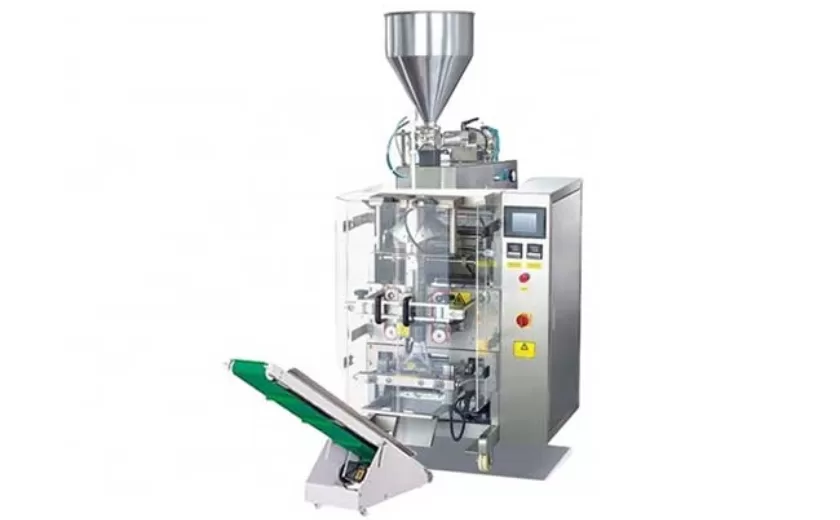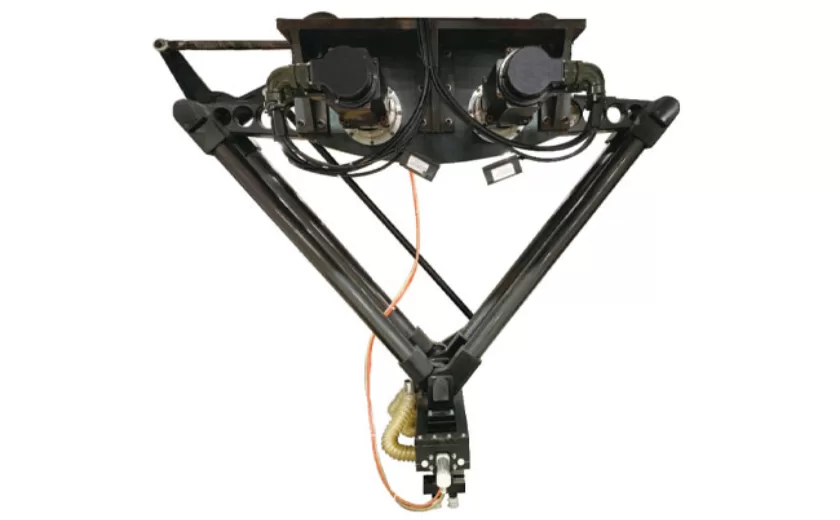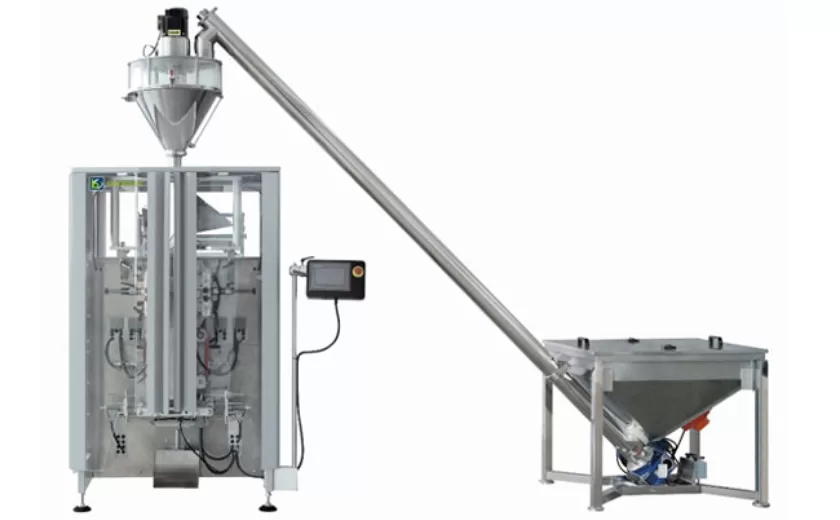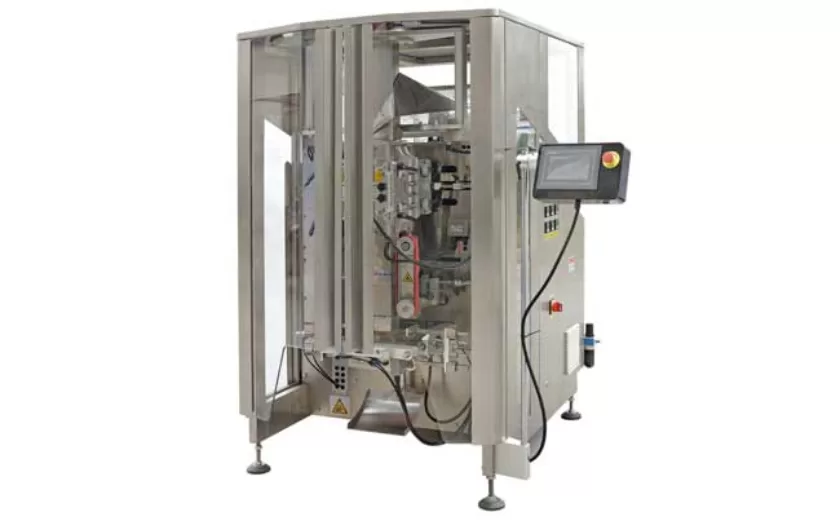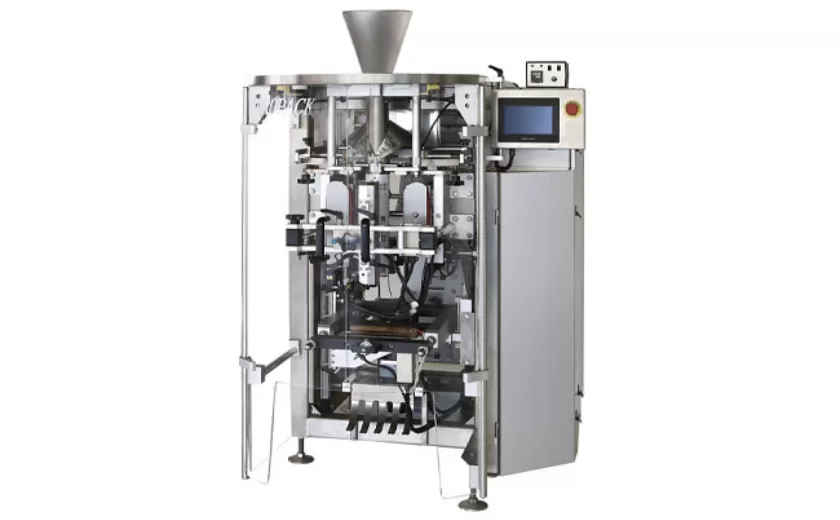The Importance of Calibration in Net Weight Filling Operations
In the era of precision manufacturing and stringent quality control standards, calibration holds paramount importance in net weight filling operations. Accurate weight measurements are essential to ensure product integrity, customer satisfaction, and regulatory compliance. This article explores the multifaceted significance of calibration in net weight filling operations.
Accuracy and Precision: The Cornerstone of Quality
Calibration ensures the accuracy and precision of net weight filling equipment, minimizing deviations from the target fill weight. Precise weight measurements prevent underfilling, which can result in customer dissatisfaction, product recalls, and financial losses. Conversely, overfilling leads to product waste, reduced profitability, and potential regulatory penalties.
Regulatory Compliance: Meeting Industry Standards
Calibration is vital for adhering to industry regulations and food safety standards. Many countries have mandatory calibration schedules for net weight filling equipment to ensure compliance. Regular calibration demonstrates due diligence, reduces the risk of product recalls, and safeguards against legal consequences.
Minimizing Product Waste: Optimizing Efficiency
Accurate calibration helps minimize product waste, thereby maximizing efficiency and profitability. By eliminating overfilling and ensuring consistent target weights, manufacturers can significantly reduce the amount of product lost due to overages. This not only saves material costs but also improves production yields.
Customer Satisfaction: Building Trust and Loyalty
Consistent and accurate net weight fillings enhance customer satisfaction. Consumers expect products to meet the stated weights, and precise filling operations ensure they receive what they pay for. Accurate weight measurements foster trust and build customer loyalty, leading to repeat purchases and positive word-of-mouth.
Process Control: Maintaining Optimal Performance
Calibration is an integral part of process control in net weight filling operations. By identifying and correcting equipment deviations, it helps maintain optimal performance and reduce downtime. Timely calibration ensures that machines are functioning at peak efficiency, minimizing costly interruptions and maximizing production capacity.
Reduced Operating Costs: Long-Term Savings
Proactive calibration strategies reduce operating costs in the long run. By minimizing product waste, preventing equipment malfunctions, and prolonging machine lifespan, calibration helps companies save on material costs, maintenance expenses, and costly downtime.
Calibration plays a pivotal role in net weight filling operations, ensuring accuracy, precision, and compliance. By calibrating equipment regularly, manufacturers can minimize product waste, enhance customer satisfaction, comply with regulations, and maximize efficiency. Investing in proper calibration practices ultimately leads to increased profitability and a competitive edge in the industry.
-
Advanced Packing Solutions: Snacks, Sugar, and Frozen Food Machines
29-10-2025 -
Efficient and Reliable Solutions for Salt, Nuts, and Frozen Dumplings Packing
29-10-2025 -
High-Performance Biscuits, Lollipop, and Ketchup Packing Machines for Modern Food Production
29-10-2025 -
Efficient Liquid Filling and Packing Machines for Modern Production
23-10-2025 -
Reliable Granule Packaging Machines for Efficient Production
23-10-2025 -
Efficient Auger Powder Filling Machines for Accurate Packaging
23-10-2025 -
High-Performance Liquid Filling and Packing Machines for Hygienic Production
10-10-2025 -
High-Efficiency Granule Packaging Machines for Precision and Speed
10-10-2025 -
High-Precision Auger Type Powder Filling Machines for Efficient Packaging
10-10-2025 -
Efficient Vertical Form Fill Seal Packaging Machines for Smart Production
10-10-2025





